We have photos; lots and lots of photos. Dirt Bike Magazine has been around longer than any other media in our industry, and our plush, well-lit office is packed with motorcycle history. The problem is that it’s all in sleeves, books, filing cabinets and unmarked contact sheets. When I start digging for any specific photo, it’s a long-term adventure that leads me down random alleys filled with memories and history. For the July, print issue of Dirt Bike, I had a feature on Jeremy McGrath’s stint on Suzuki that sent me deep into the ’90s. I found a bunch of photos that I just had to share, whether or not they pertained to the subject at hand. Here are just a few.
THE DUTCH MAICOS
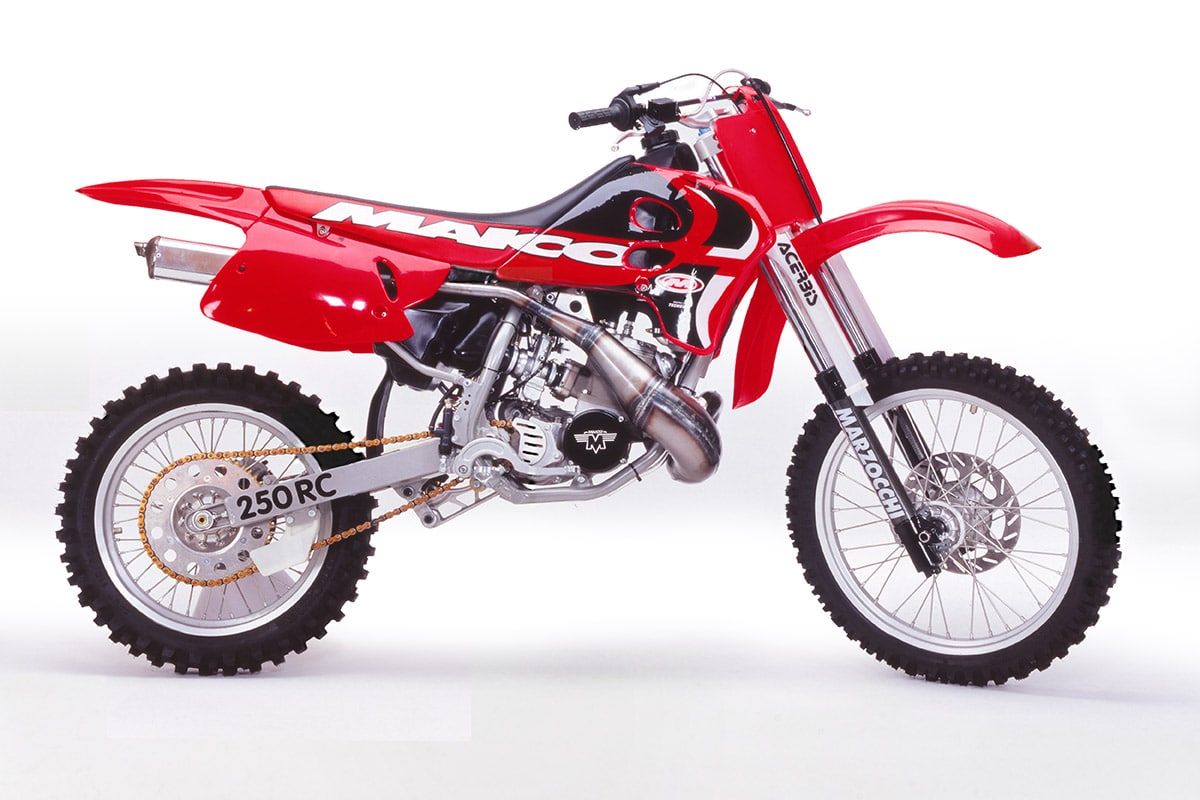
The story of Maico’s demise is a painful trip into the darkness of a family break-up. Generally, 1981 is considered the last year of greatness. But there were hopeful moments in the years that followed. In the February, 1997 issue, we previewed bike that we thought might signal the rebirth of Maico. The Dutch firm of Rodem B.V. purchased what was left of the company. It turned out that there were some interesting bikes in the works. For the model year of 1997, they offered a number of motocross and enduro models. The photo above is the 250RC motocross bike. There were also 320cc, 440cc and 500cc versions. The photo below is the off-road 250RE, and it was planned to be available in the same sizes. Bikes were actually imported although that number is hard to pin down. The Dutch Maico brand eventually specialized in large displacement sidecar motors, but there was very little market for those in the U.S.
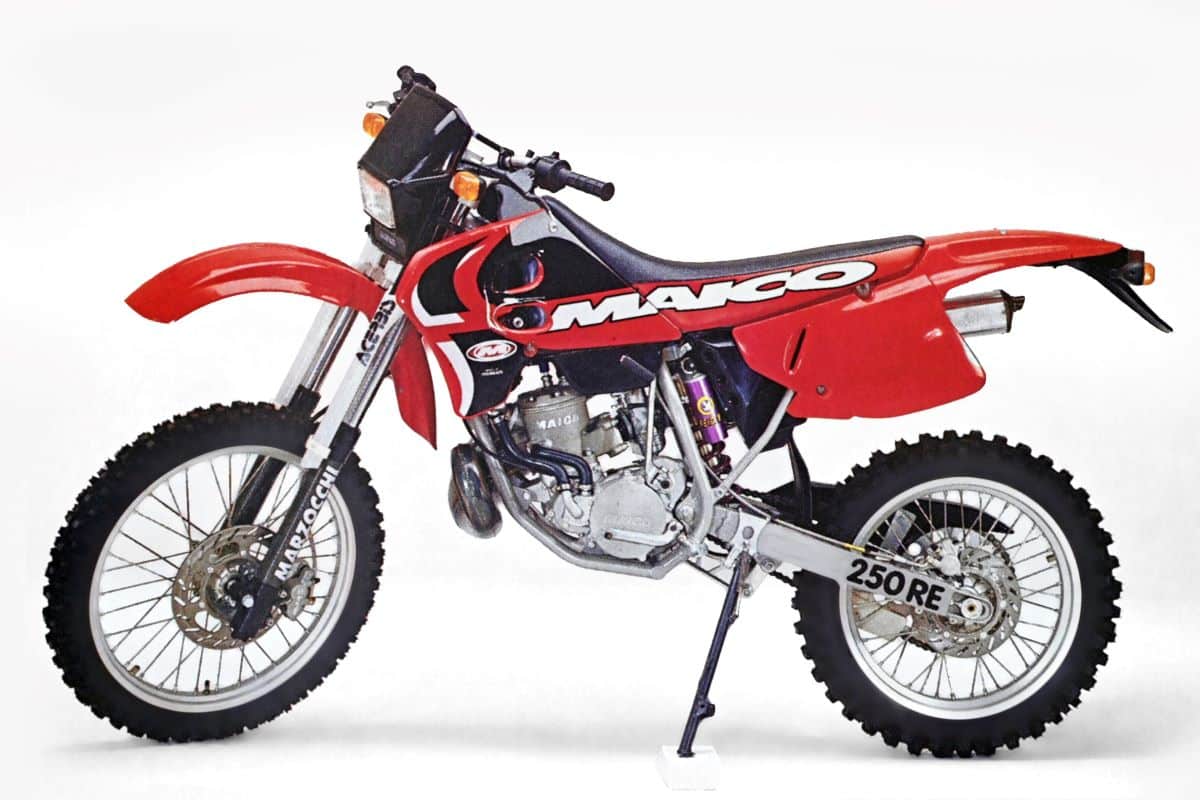
THE FOURTH COMING OF ATK
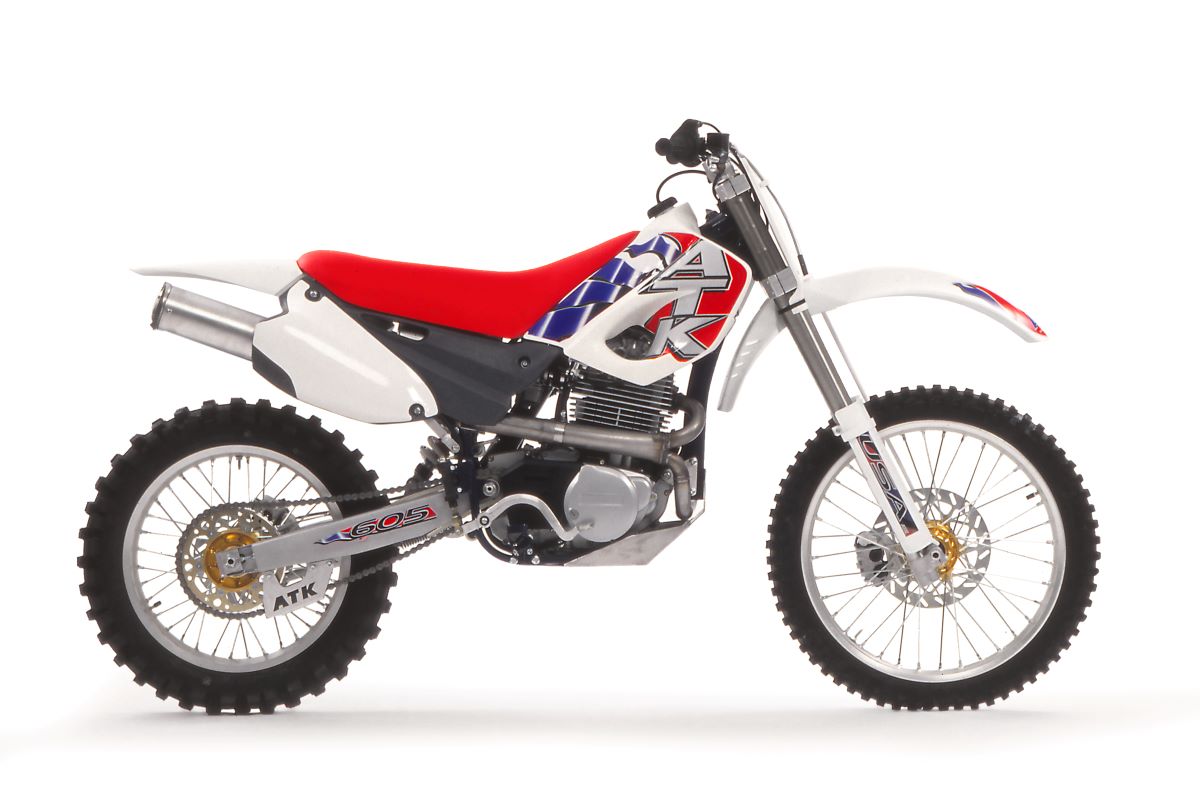
ATK has a crazy history. Actually, it has about four histories, as the company switched owners, engineers and locations, morphing into a number of completely different and almost unrelated motorcycles. The company was founded in the ‘80s by Austrian engineer Horst Leitner in Laguna Beach, California. Then it was purchased by Ken Wilks and moved to City of Commerce in California. At first, ATK maintained much of the original identity, but everything changed when it was sold once again and moved to Utah under the stewardship of Frank White. In that period, the bike was redesigned by a group of Swedish engineers who would later develop the Highland motorcycle brand in Tulsa, Oklahoma.
The bikes featured here were the product of the second generation in Utah and were very unconventional, to say the least. The frame for the four-stroke models was asymmetrical, with a single spar running from the left side of the steering head to the swingarm pivot. On the same side, an off-center WP shock was used without linkage. The design was light, but there were, understandably, some issues with flex. The two-strokes used a more conventional frame design.
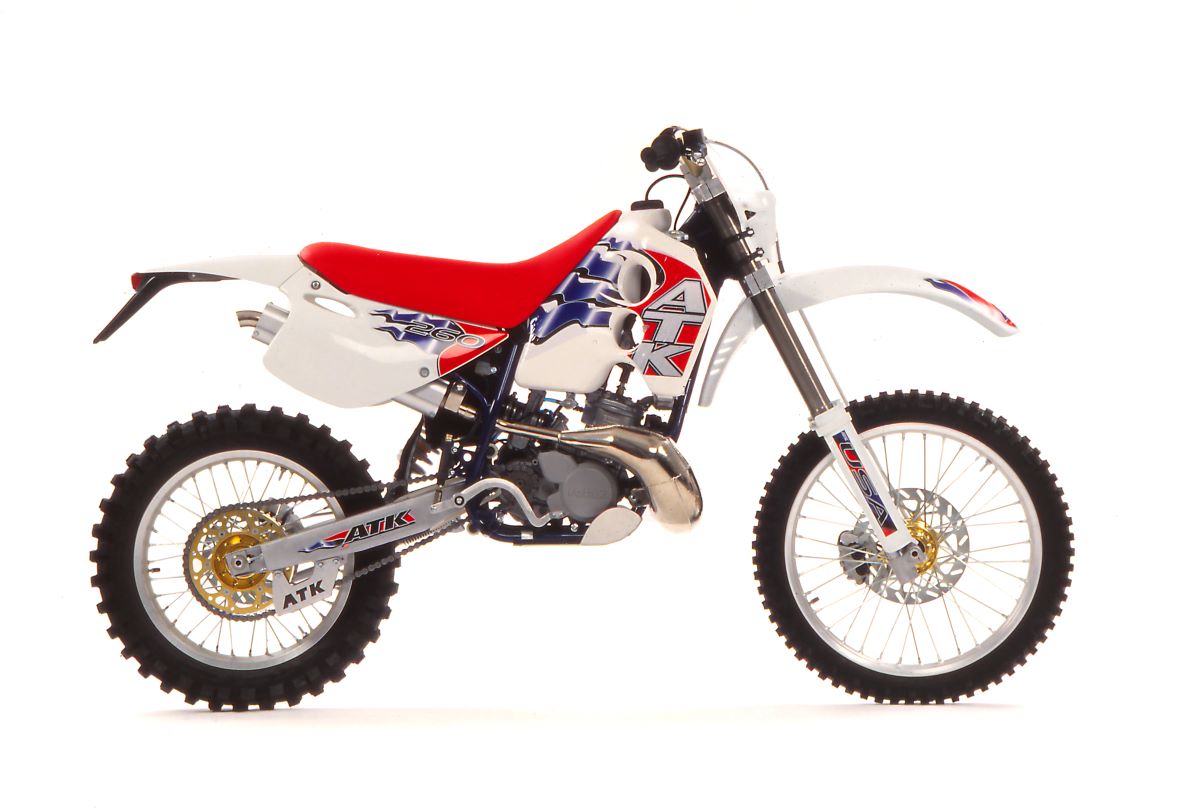
This chapter came to a close when the supply of Rotax engines dried up. The ATK saga continued well into the 21st century when the company acquired the Cannondale motorcycle inventory. There were also phases and partnerships with Maico and Hyosong.
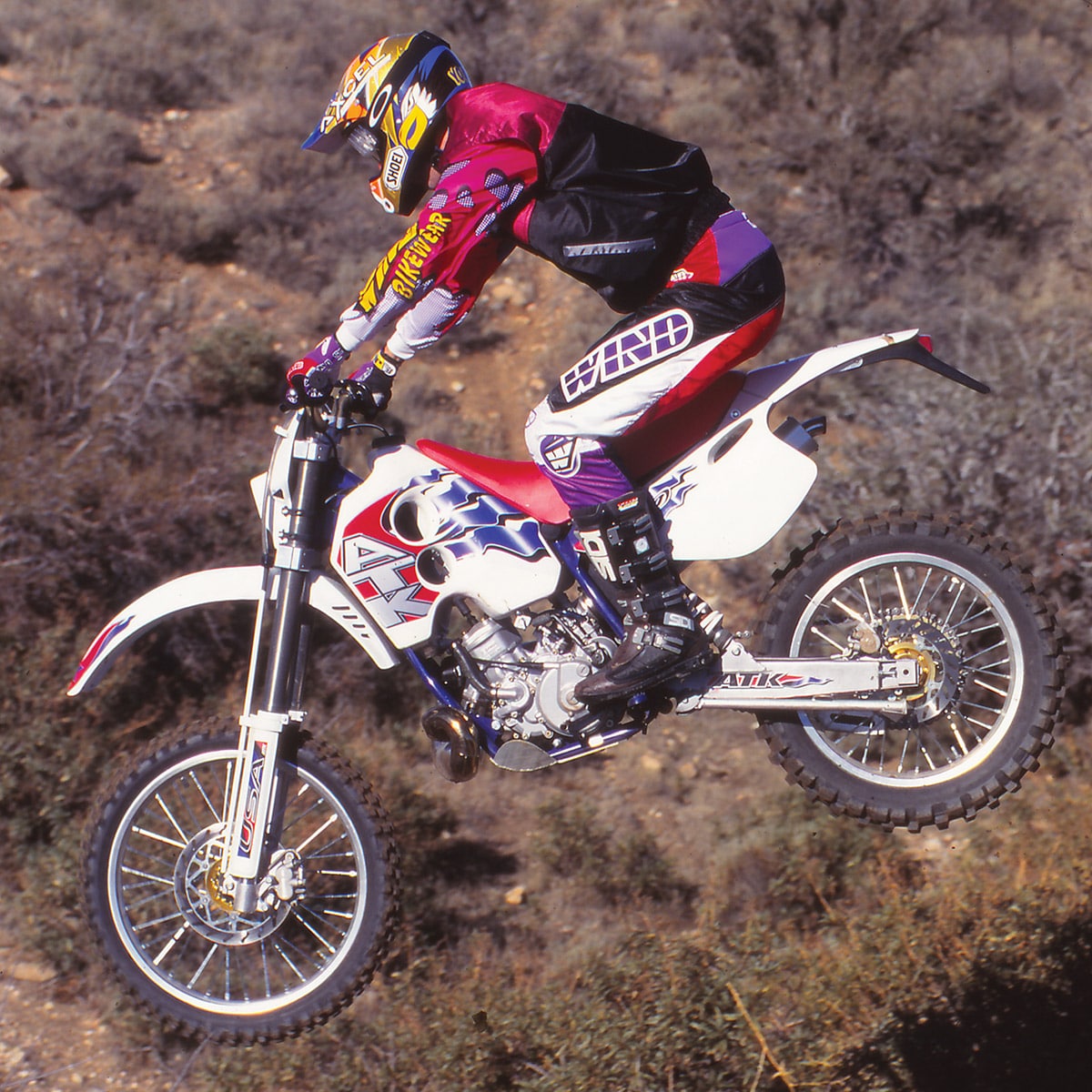
THE STORY BEHIND EARLY GASGAS
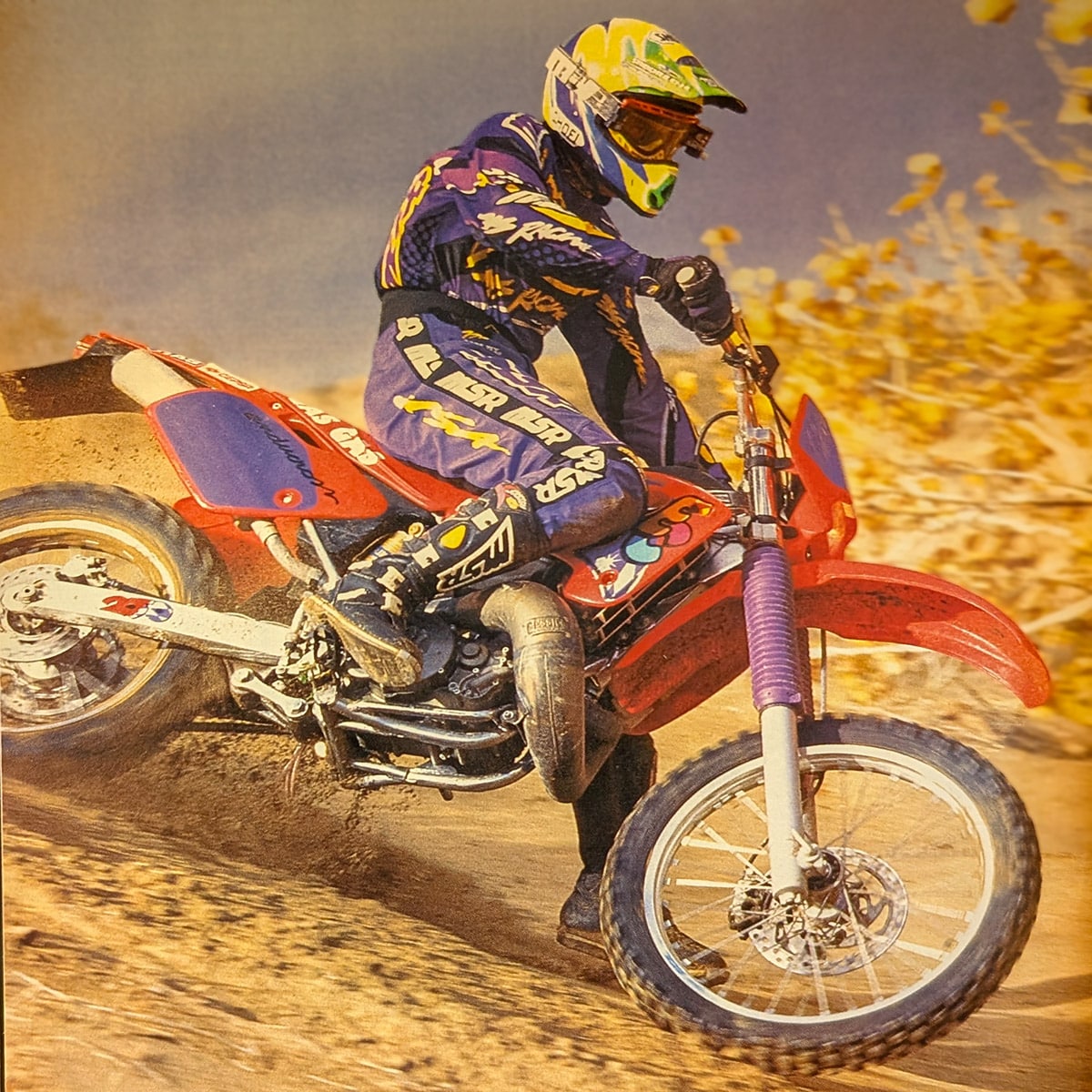
Back in 1997, GasGas was the most obscure company of all. They knew their way around trials bikes, but full fledged off-road bikes were another thing. In the March, 1997 issue, we got our first GasGas off-road bike complete with a GasGas-made off-road motor. Here’s what we said at the time:
Gas Gas is a Spanish company built on the bones of Bultaco, Ossa and SWM. A few years ago the firm decided to get into the enduro market, but quickly discovered that its trials motor simply wouldn’t work for that purpose. It purchased some motors from TM and then built Kawasaki-ish steel perimeter frames. The first bikes were pretty rough. Also, the Italians at TM didn’t really like selling motors to Gas Gas. Why should they? They were helping a direct competitor. As a result, parts supplies and quality control on the Gas Gas/TM engines were spotty. Then Gas Gas got really serious. British enduro hero Paul Edmondson was hired to race and develop a whole new bike, motor and all. There were two results: one, the TT250 you see here; two, the ’96 Enduro World Championship.
Since our last Gas Gas experience, the quality has improved dramatically. Where the old bike looked like a hodge-podge of mismatched parts, the new one is super-refined. The frame is chromed, which might look a little odd to most of us, but it’s at least a super-durable finish. The components are all good stuff and standard fare for Euro bikes: the shock is an Ohlins, the fork is a 45mm Marzocchi, the brakes are Brembos and the rims are Excels.
The six-speed engine is amazingly well-finished for a first-year effort. It has a counterbalancer, the clutch cover is removable and it has a hydraulic clutch. This is something we have seen only on TMs and some trials bikes in the past. Instead of a clutch cable, there’s a small master cylinder on the left side of the handlebar and a hose leading to a slave cylinder in the engine. Very cool. The advantages are a complete elimination of cable drag and play that never changes, regardless of abuse or heat build-up.
EARLY TM
If you think TM motorcycles are obscure now, imagine what it was like in 1992. This is the earliest TM photo that I could dig up. We might have had some ISDE photos before that–they were the bike to have in the full-size 80cc class (which was a real thing!) Carl Cranke and Fred Cameron imported a few of the 80s on their own and rode them in U.S. competition. They might not have won anything, but they had a blast!
LANCE SMAIL AND THE FOUR-STROKE EXEMPTION
In the days before four-strokes took over the world, the AMA had a rule that was designed to promote four-stroke development. It was a one-time exemption to the production rule that was open to factory teams. Tom Moen was in the press department at KTM at the time and he had a passion for four-strokes. So, he used KTM’s exemption in 1997 to build a back-room factory bike out of the RFC four-stroke. It was the furthest thing imaginable from a motocross bike, but they made it work. Lance made history when he became the first four-stroke rider to qualify for a Supercross main event that year at Daytona. But, that feat was quickly overshadowed by Doug Henry at Las Vegas that year. He also used the exemption rule, but his bike really was a factory prototype. It’s unclear if Moen and his boss Rod Bush got in trouble later when the KTM factory really was developing a four-stroke for motocross and the one-time exemption was no longer available.
JEREMY AND SUZUKI
The Jeremy McGrath story in the June print issue of Dirt Bike is entirely from the perspective of Roger DeCoster, as written in 1997. Now, the history books all say that it was the aluminum framed 1997 Honda that made Jeremy switch camps. At the time, however, Roger had a different perspective. It’s fun to read.
See you next time!


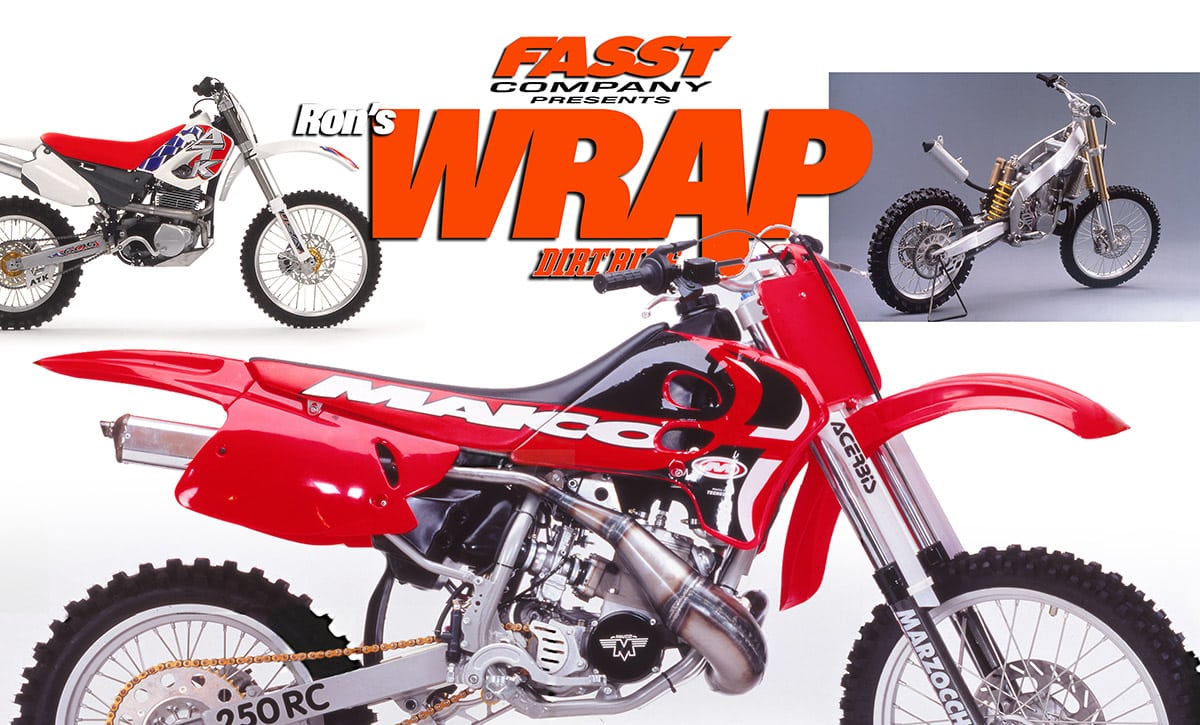
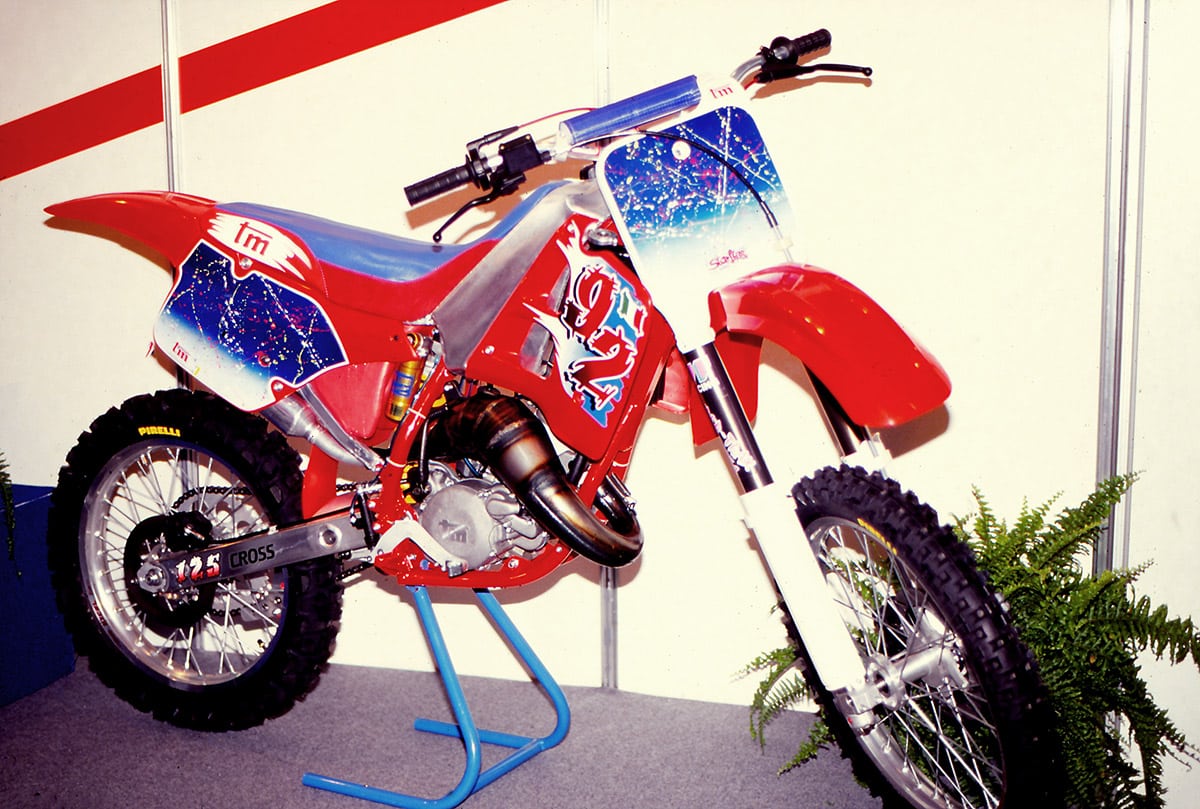
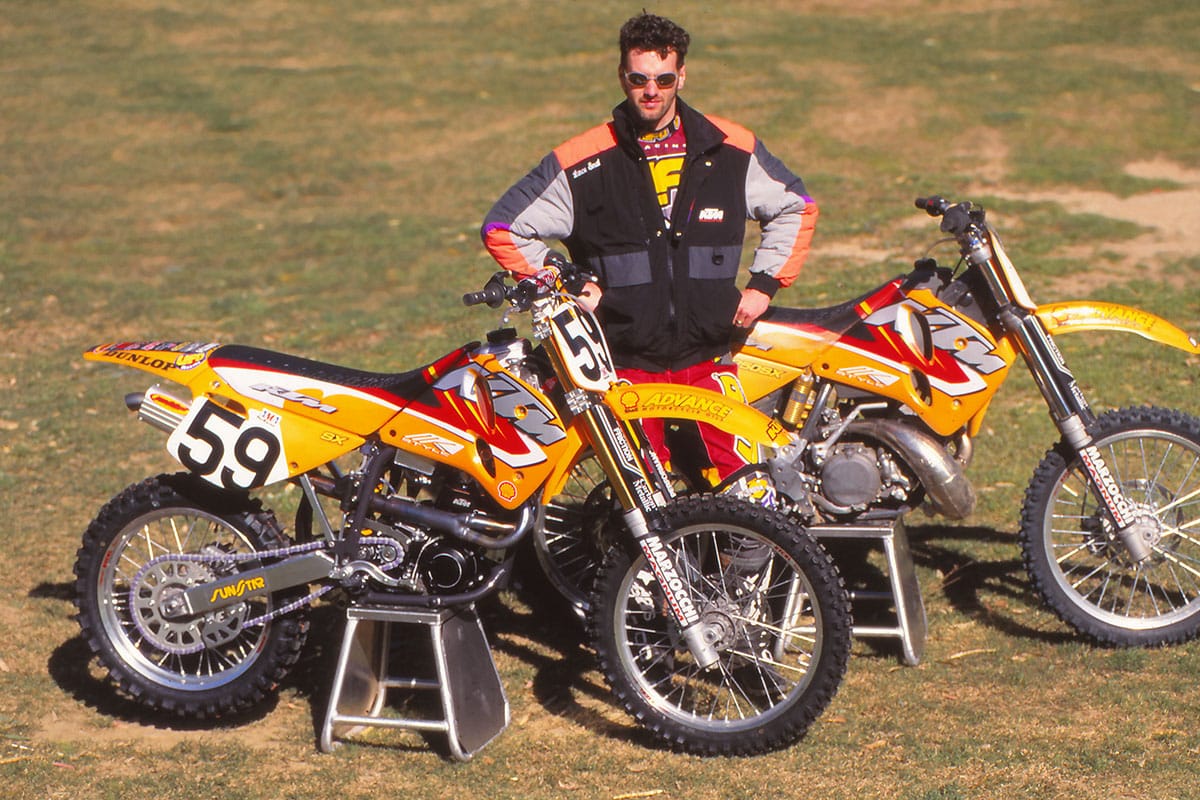



Comments are closed.